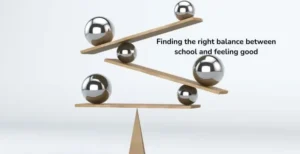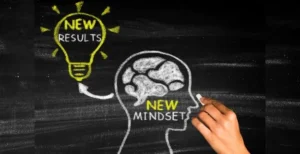As educators, we know that dealing with disruptive behavior in our young students aged 5 to 10 is no easy feat .From frequent outbursts to refusal to follow instructions, these behaviors not only disrupt the learning environment but also impact the overall classroom dynamics. . But fear not! With the right strategies and approaches, educators can effectively manage and address disruptive behavior, creating a more conducive learning environment for all students.
Disruptive behavior in young students can manifest in various forms, including tantrums, defiance, aggression, and inattentiveness. Sometimes, it’s because their brains are still growing, and they’re learning how to control their feelings and actions. Other times, it’s because they’re feeling stressed or upset about something happening at home or with their friends. And sometimes, it’s just because they’re curious and want to explore the world around them!
Let’s take an example. Suppose a student named Rohan is acting out in class. Instead of immediately scolding him, we can take a moment to understand why. Maybe Rohan is struggling with the lesson because it’s too difficult for him. Or perhaps he’s feeling anxious because of something happening at home. By talking to Rohan and figuring out the root cause of his behavior, we can better support him and help him succeed.
What teachers should avoid:
When it comes to managing disruptive behavior, there are a few things we should steer clear of:
- Avoid getting angry or yelling at students. Instead, try to approach the situation with empathy and understanding.
- Don’t ignore the problem or pretend it’s not happening. It’s important to address the issue and find a solution that works for everyone involved.
- Try not to label students as “bad” or “troublemakers.” Every child has their own unique challenges and strengths.
- Stay away from power struggles. Instead of trying to control the situation, focus on finding ways to help the student calm down and refocus.
- And don’t forget to take care of yourself too! Dealing with disruptive behavior can be tough, so make sure to take breaks and practice self-care.
Strategies for Managing Disruptive Behavior:
- Establish Clear Expectations: Set clear and consistent rules and expectations for behavior in the classroom. Clearly communicate these expectations to students and reinforce them regularly.
- Positive Reinforcement: Recognize and praise students for positive behavior.
- Provide Structure and Routine: Establish a structured daily routine to help students feel secure and reduce anxiety. Consistent routines can help minimize disruptions and provide a sense of predictability.
- Use Redirecting Techniques: When faced with disruptive behavior, redirect students’ attention to more appropriate activities or tasks. Provide gentle reminders of expectations and guide students back on track.
- Foster Positive Relationships: Build positive relationships with students based on trust, respect, and empathy. Show genuine interest in their well-being and offer support and encouragement when needed.
- Collaborate with Parents: Maintain open communication with parents and caregivers to share observations, discuss concerns, and develop strategies for addressing disruptive behavior both at home and in the classroom.
Disruptive behavior in young students can present significant challenges for educators, but with patience, empathy, and effective strategies, it can be managed successfully.



